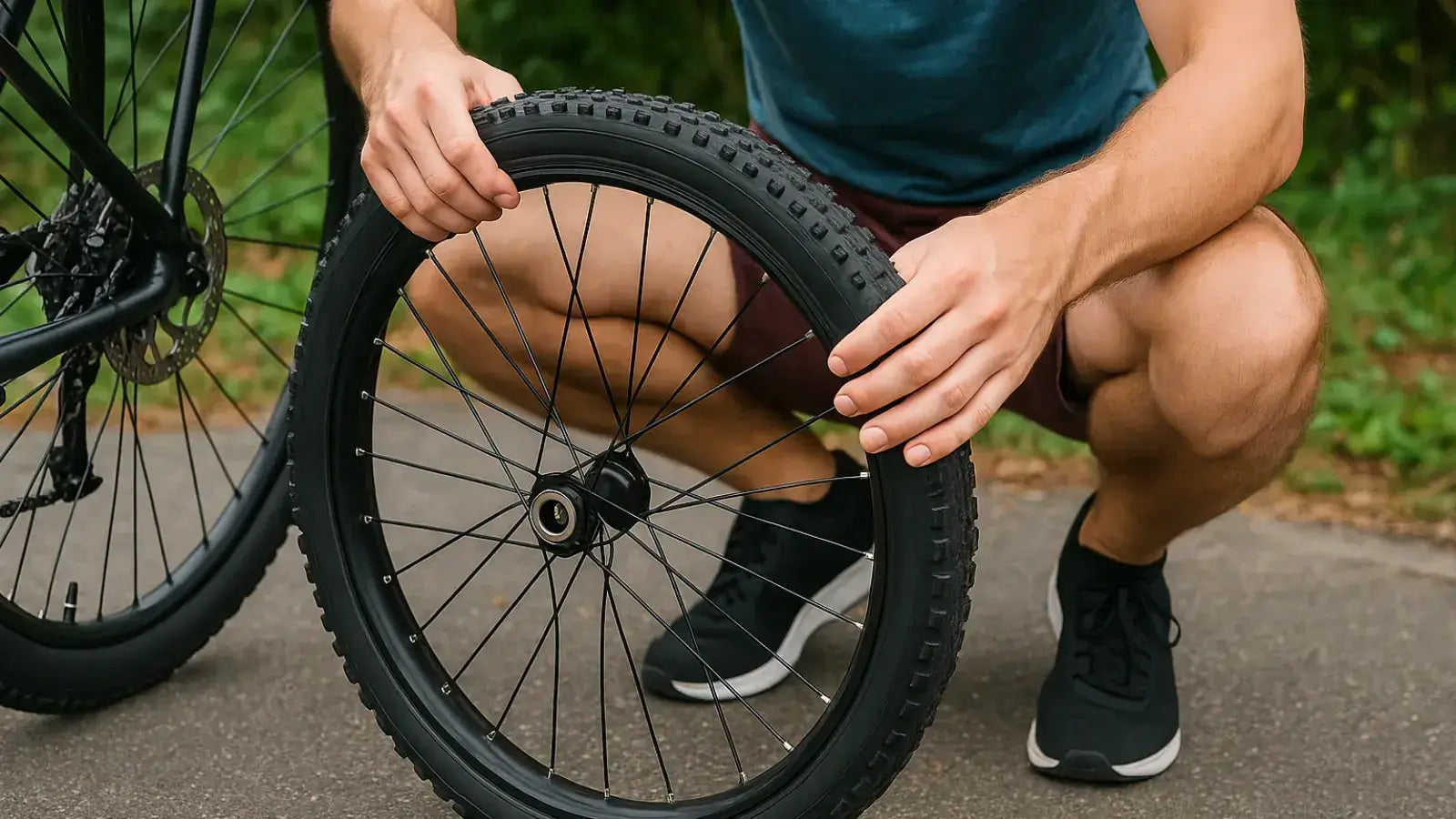
Looking for Cheap Bike Tires? Here's Where to Buy and How Much to Pay
The Short Answer: Pricing
When you're looking for new bike tires, the first question is always about cost. To set clear expectations, we've broken down the typical bike tire prices you'll encounter when shopping around. These are estimates for a single tire. They provide a solid starting point for your budget.
Generally, you can expect to pay between $20 for a basic, budget-friendly tire and upwards of $70 for a high-performance model. The price depends heavily on your bike type and the technology packed into the rubber compound.
| Bike Type | Budget Tire Price Range | Mid-Range/Performance Price Range |
|---|---|---|
| Road Bike | $25 - $45 | $45 - $85+ |
| Mountain Bike (MTB) | $30 - $50 | $50 - $90+ |
| Hybrid/Commuter | $20 - $40 | $40 - $70 |
| E-Bike | $35 - $55 | $55 - $100+ |
These ranges give you a quick snapshot of what to expect. Understanding why these prices differ is key to making a smart purchase decision.
Why Prices Vary
The vast difference in bike tire prices isn't random. It's a direct reflection of the materials, research, and intended purpose of each tire model. A cheap tire will get you rolling down the road. A mid-range or premium tire offers real benefits in performance, durability, and safety for your rides. Here are the main factors that influence cost.
Tire Type and Use
The most significant price driver is what the tire is designed to do. Each riding style demands different characteristics from the rubber and construction.
Road bike tires are built for speed and efficiency on smooth pavement. Higher-priced models are lightweight, have low rolling resistance, and use flexible materials for a better road feel when cornering. Mountain bike (MTB) tires prioritize grip and durability on unpredictable terrain like rocks and roots. The cost increases with more complex tread patterns, specialized rubber compounds for different trail conditions (wet vs. dry), and reinforced casings to prevent sidewall tears from sharp objects.
Hybrid/Commuter tires are the jack-of-all-trades option. They balance rolling efficiency with durability and puncture protection for daily use on various surfaces. Prices are generally moderate, focusing on longevity over cutting-edge performance features. E-bike specific tires are built to handle the extra weight and higher average speeds of an electric bike safely. They feature more robust construction and are often certified to meet specific safety standards, which adds to the manufacturing cost.
Brand Reputation
Brands like Continental, Schwalbe, and Vittoria have built reputations over decades of research and development. When you buy from a premium brand, you're paying for extensive R&D where these companies invest millions in material science to create faster, grippier, and more durable rubber compounds. Their products are often developed with and tested by professional racing teams in real-world conditions.
Top-tier brands generally have more strict manufacturing and quality control standards. While lesser-known brands can offer excellent value for casual riders, the proven performance and reliability of a premium brand often justify the higher price tag for serious cyclists.
Tire Technology
The technology inside a tire is where your money really goes. Two tires that look similar can perform very differently based on their internal construction and materials.
Tire compound refers to the specific recipe of the rubber used in manufacturing. Softer compounds offer incredible grip but wear out quickly with regular use. Harder compounds last longer but provide less traction on wet or loose surfaces. Premium tires often use dual or triple compounds, placing harder rubber in the center for durability and softer rubber on the sides for cornering grip.
TPI (Threads Per Inch) measures the density of the fabric casing beneath the rubber. A higher TPI (120+) creates a more flexible, supple tire that conforms better to the road for a smoother and faster ride experience. A lower TPI (30-60) results in a stiffer, more durable, but heavier and slower tire that's better for rough conditions.
Puncture protection is crucial because a flat tire is frustrating and can be costly. Many tires include a protective belt made of materials like Kevlar or Vectran under the tread area. This feature adds to the upfront cost but can save you money and time on tube replacements and repair visits.
The bead type (Wire vs. Folding) affects both performance and price. The bead is the edge of the tire that locks into the wheel rim securely. Wire beads are made of steel and are inexpensive but heavy and bulky to store. Folding beads use flexible materials like Aramid (Kevlar), making the tire lighter, easier to store, and simpler to install on your bike. This is a common feature in top-tier performance tires and contributes to their higher price point.

Where to Buy Tires
Finding the best bike tire prices means knowing where to look for deals. Each shopping option has its own set of pros and cons, especially for the budget-conscious cyclist who wants quality.
Your Local Bike Shop (LBS)
This is the traditional, go-to option for many cyclists. You get hands-on service from people who ride bikes every day and understand your needs.
Pros include unmatched expert advice to help you choose the perfect tire for your bike and riding style. They offer professional installation and can spot other potential issues with your wheels during the process. You're also supporting a local business that contributes to your cycling community.
Cons include prices that are often at or near MSRP (Manufacturer's Suggested Retail Price). Their selection might be limited to the brands they have partnerships with, which may not include many budget-focused options for cost-conscious riders.
Online Retailers
Websites like Jenson USA, Chain Reaction Cycles, and even Amazon have become giants in the cycling world. They offer convenience and competitive pricing for savvy shoppers.
Pros include a massive selection covering nearly every brand and model imaginable. Prices are highly competitive, and you can almost always find a sale or discount code to reduce costs. It's the best place to find cheap bike tires if you know exactly what you need for your specific bike.
Cons mean you're on your own when making decisions. There's no expert to guide your purchase, so you must know the exact size (e.g., 700x28c or 29x2.3) and type of tire you need. You'll also have to handle installation yourself or pay a shop to do it for you.
Big-Box Stores
Retailers like Walmart or Dick's Sporting Goods carry a small selection of bike tires. They usually aim their products at casual riders and kids' bikes rather than serious cyclists.
Pros include the lowest upfront cost you'll typically find anywhere. It's a convenient option if you need a basic tire immediately and don't want to wait for shipping. Cons include generally very low quality in materials and construction. These tires use heavy, hard rubber compounds with poor grip and ride feel compared to specialty options. The selection is extremely limited, and the staff lacks the specialized knowledge to offer any meaningful advice about compatibility or performance.
Beyond Sticker Price
Are "cheap" tires really cheaper in the long run? From our experience, focusing only on the upfront cost is a common mistake that costs more money over time. A more powerful way to think about value is "cost per mile" of riding. Consider this real-world example that shows the true cost:
| Tire Example | Upfront Cost | Estimated Lifespan (Miles) | Calculated Cost Per Mile |
|---|---|---|---|
| Budget Wire-Bead Tire | $25 | 1,500 | $0.017 |
| Mid-Range Folding Tire | $50 | 4,000 | $0.013 |
| Durable Touring Tire | $70 | 6,000 | $0.012 |
As you can see, the tire with the highest upfront cost is actually the cheapest to operate. The mid-range tire provides a huge leap in longevity for a modest price increase, making it the best value overall for most riders. This is because better compounds and puncture protection not only increase a tire's lifespan but also reduce the frequency of flats and roadside repairs.
Data from independent lab and field testing consistently shows that premium tires offer significantly better durability and performance. This directly impacts their long-term value and your overall riding experience.
Finding Tire Deals
Securing a great price on quality tires requires a bit of strategy and timing. We've learned to use a few key tactics to get the most for our money without sacrificing quality or safety.
Timing Your Purchase
From our experience, the best time to buy is when retailers are trying to move inventory. Keep an eye out for these money-saving opportunities throughout the year.
End-of-Season Sales happen as the primary riding season winds down in the fall (September-October). Bike shops and online retailers often discount products to make room for next year's gear and models. Holiday Promotions during major sales events like Black Friday, Cyber Monday, and Memorial Day are excellent times to find sitewide discounts on tires and other components.
Model Year Changeovers occur when a manufacturer releases an updated version of a popular tire. The previous version is often heavily discounted to clear inventory space. This is a fantastic way to get a premium tire at a mid-range price without compromising on quality.
A Quick Safety Checklist
Buying discounted tires, especially "New Old Stock" (NOS), can be a great deal. You need to be careful because rubber degrades over time, even in storage conditions. Before you buy, we've learned to always check for these warning signs.
Check for cracking by inspecting the sidewalls closely for any issues. Any signs of small, web-like cracks mean the rubber is drying out and is no longer safe to ride on roads. Feel the rubber to ensure it should feel flexible and slightly tacky to the touch. If it's hard, slick, or brittle to the touch, it has aged poorly and should be avoided.
Inspect the bead carefully, especially for folding tires. Make sure the bead is intact and not frayed or damaged from storage or handling. For wire beads, ensure they are not bent or kinked, which could cause installation problems. Verify the source by being cautious of deep discounts from unknown third-party sellers on online marketplaces.
Stick to reputable retailers to avoid counterfeit products that could fail dangerously. Understanding the different tire compounds and casings will help you spot a quality tire, even when it's on the sales rack.

Don't Forget Installation
Finally, remember to factor in the cost and effort of installation. While many cyclists often debate whether bike tire prices are justified, the installation cost is a separate, practical consideration that affects your total budget. You have two main options for getting your new tires mounted.
DIY (Do It Yourself)
Cost includes the price of a good set of tire levers, which is about $5-$15 for quality tools. Pros include it being the most cost-effective method and an essential skill for any cyclist to have when you get a flat on the road or trail. Cons include it can be very difficult and frustrating, especially with tight-fitting road or tubeless tires that require significant force.
You risk pinching the inner tube or damaging the tire or rim if done incorrectly. Cost at a local bike shop typically ranges from $10-$25 per wheel for installation, in addition to the cost of the tire and a new tube if needed. Pros include fast, guaranteed correct installation that's completely hassle-free for busy cyclists.
The mechanic can also check your rim tape and wheel for any other issues during the process. Cons include it adding a significant percentage to the total cost of your tire replacement, especially for budget tires where the installation might cost as much as the tire itself.
Frequently Asked Questions
1. How long do bike tires typically last?
Bike tire lifespan varies greatly depending on the type, quality, and riding conditions. Budget tires usually last 1,500-2,500 miles, while premium tires can last 4,000-6,000 miles or more. Road bike tires generally wear faster than mountain bike tires due to constant pavement contact and higher pressures.
2. Is it worth buying expensive bike tires?
Expensive tires often provide better value in the long run through improved durability, puncture resistance, and performance. A $70 tire that lasts 6,000 miles costs less per mile than a $25 tire that lasts 1,500 miles. Premium tires also offer better grip, comfort, and rolling efficiency.
3. Can I install bike tires myself?
Yes, you can install bike tires yourself with basic tools like tire levers. It requires some practice and patience, especially with tight-fitting tires. Many cyclists learn this skill to handle roadside repairs, though professional installation ensures proper mounting and can identify other wheel issues.
4. When should I replace my bike tires?
Replace bike tires when the tread is worn down to the wear indicators, when you see the casing threads through the rubber, or when sidewall cracking appears. Also replace tires that get frequent flats or have lost their grip on wet surfaces, as these are safety concerns.
5. What's the difference between wire bead and folding bike tires?
Wire bead tires use steel wire in the bead and are heavier but less expensive. Folding tires use flexible materials like Kevlar, making them lighter, easier to store, and simpler to install. Folding tires typically offer better performance but cost more than wire bead versions.
































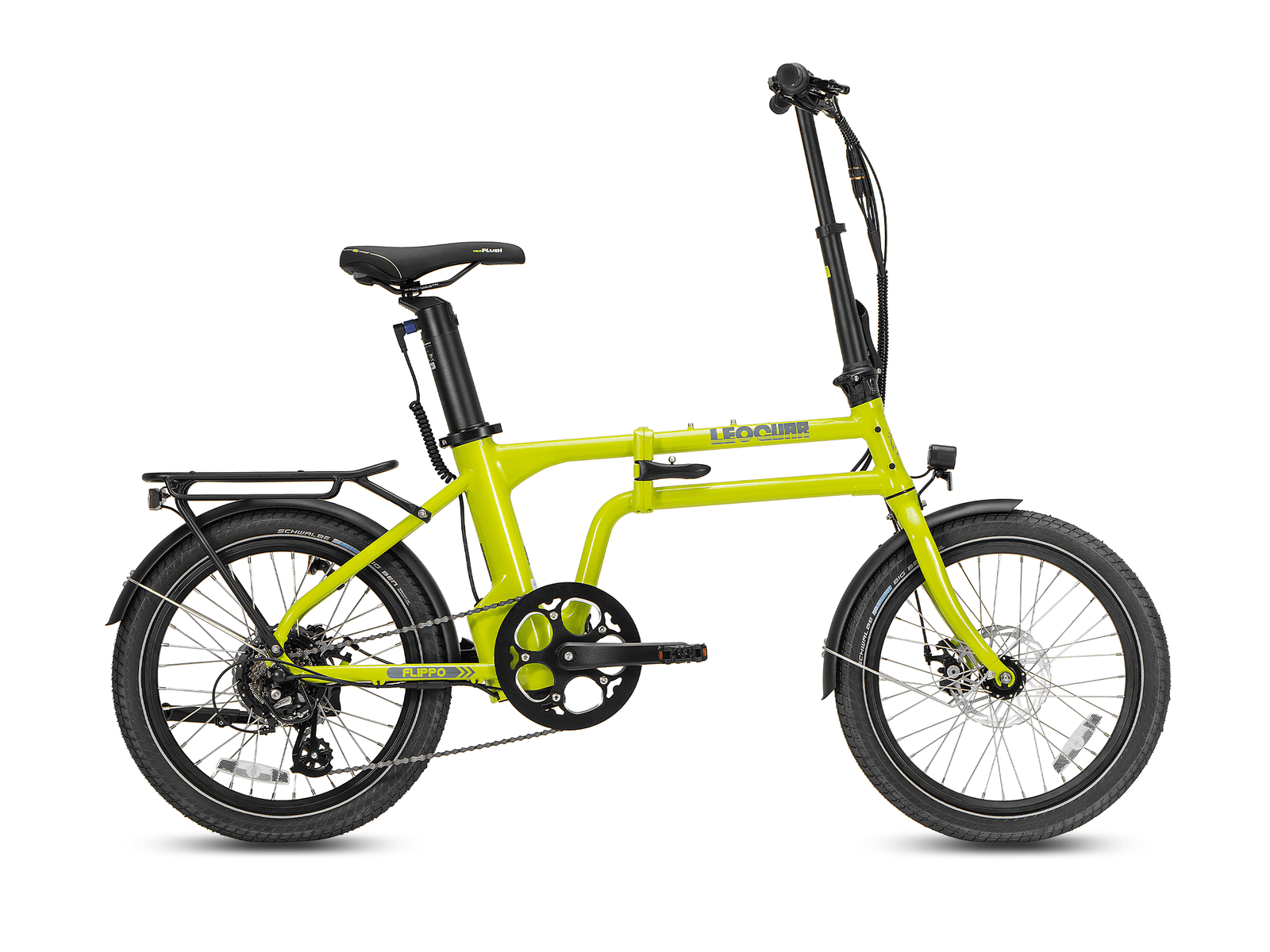
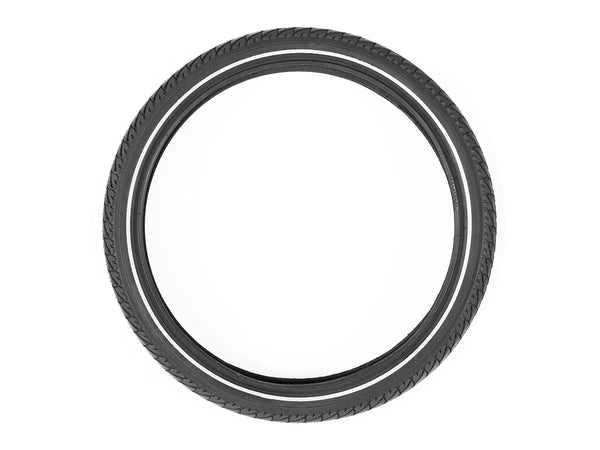
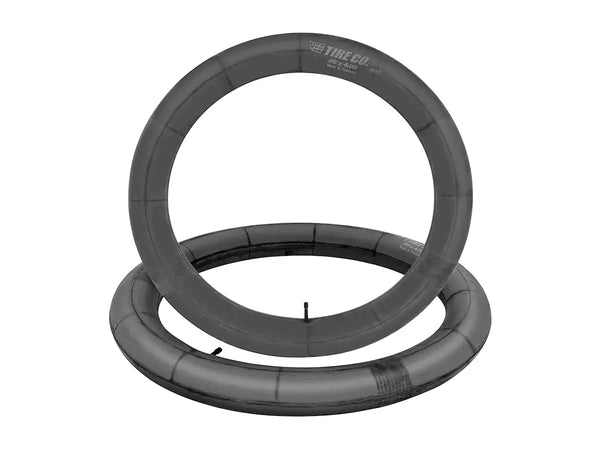
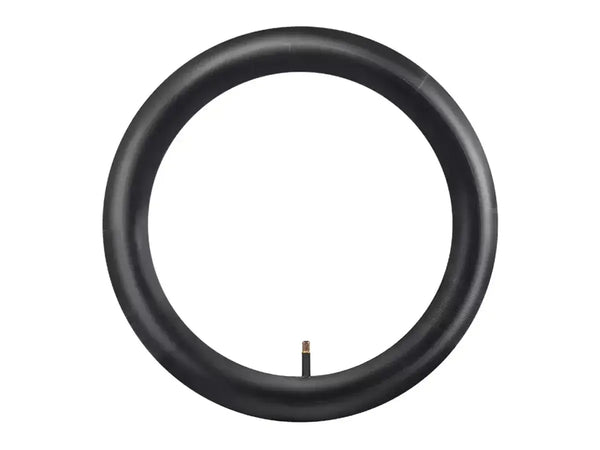








Leave a comment